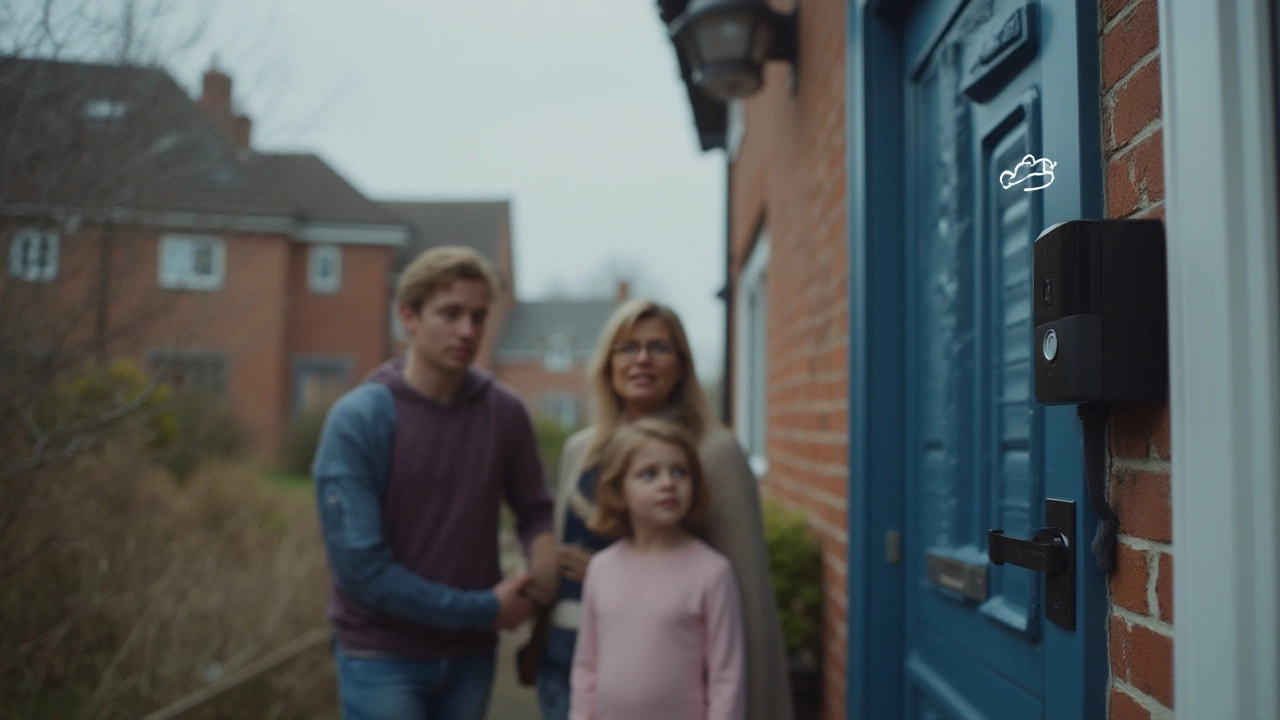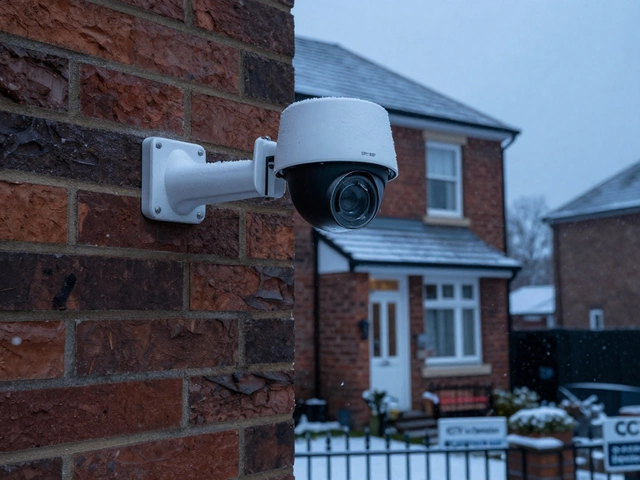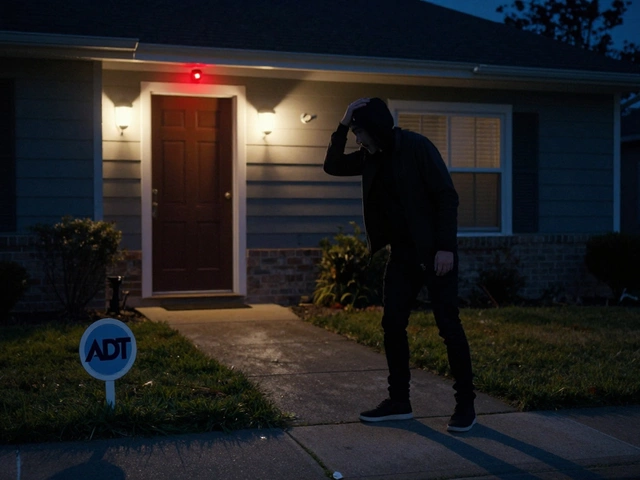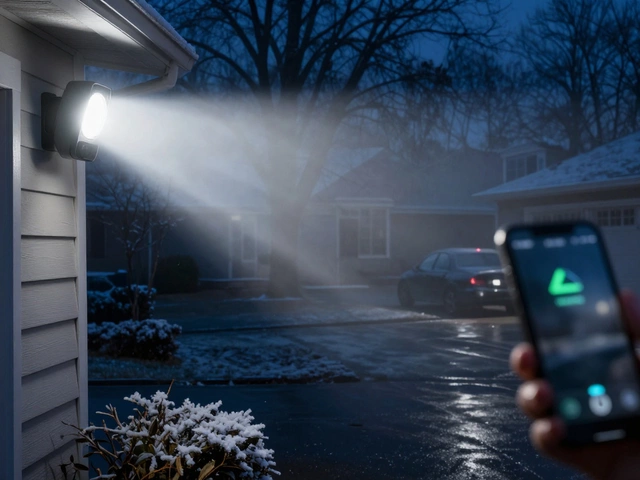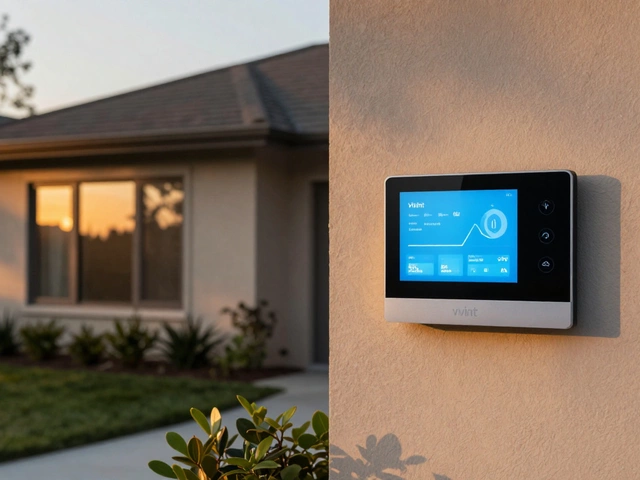Imagine you get home one night and your Ring doorbell flashes. Someone rang it while you were out, but your Ring app only shows a live view, and there's no way to see what actually happened earlier. Annoying, right? A lot of folks buy a fancy video doorbell thinking that it’ll just work—recording everything, saving it, letting you check whenever you want. But what actually happens if you don’t pay for the Ring subscription? This whole setup catches many off guard, so let’s pull back the curtain and get really specific about what a Ring doorbell can (and can’t) do without a subscription.
What Features Does the Ring Doorbell Offer with No Subscription?
The most confusing part for new Ring users is the gap between what the hardware can do, and what the app will actually let you access. Straight out of the box, Ring doorbells feel slick: install, connect to Wi-Fi, and you’re ready to see a live view anytime. But here’s the twist—Ring doorbell devices, by default, do not save or record video clips to the cloud unless you cough up for Ring Protect. Without a subscription, Ring’s app still lets you see who’s at the door in real time, respond through two-way audio, and receive instant notifications if somebody presses the button or walks past. The catch? Once the live video is gone, it’s gone. There’s no way to rewind, download, or see last night’s visitor after the fact.
This isn’t just a quirk or a temporary policy; it’s a core part of Ring’s business model. Video recording and access to the event history is locked behind a paid plan. In April 2024, Ring even tweaked their features again, requiring an account (not just a device) for live view on new installs. So, as of July 2025, only live video and notifications come free. No replays, no saving suspicious clips, not even a 24-hour buffer. The only exception is if you have a trial period; new Ring doorbells come with a 30-day Protect trial, but after that window closes, recording just stops.
Here’s a quick breakdown of what you still get for free, and what disappears without a subscription:
- Live video streaming
- Two-way talk (respond to your visitor through your phone/app)
- Motion-activated push alerts
- Chime notifications on Alexa devices (if linked)
And here’s what you lose:
- Video recording and playback (cloud or locally)
- Ability to review past motion events
- Download or share clips with law enforcement or neighbors
- Snapshot capture (depends on model, some may not support this even with subscription)
- Rich notifications with preview images
Ring never enabled local video storage on their standard doorbells, and there’s no SD card slot to save clips locally. You won’t find a secret “off-cloud” workaround, either, except for some third-party hacks (hello, Home Assistant fans) that the average homeowner rarely gets into.
The Cost of Rolling Without a Ring Subscription
The real shock hits when something important happens at your front door and you don’t have a recording. It could be a package snafu, a late-night visitor, or even just a neighbor stopping by and leaving a note. That blank video history? It’s not a bug. It’s intentional. You get peace of mind in real time, but there’s zero detective work you can do after the fact. Some folks like to look for loopholes. Ring doesn’t leave much wiggle room. There’s no free tier for recorded storage—not even a measly 24 or 48 hours like some competitors offer. If you want a list for comparison, here’s how Ring’s free and paid features stack up against popular rivals as of mid-2025:
| Brand | Free Cloud Recording | Local Storage | Live View |
|---|---|---|---|
| Ring | No | No | Yes |
| Google Nest Doorbell | Yes (3 hours) | No | Yes |
| Eufy | No | Yes (built-in/added SD) | Yes |
| Arlo | No | Yes (with hub) | Yes |
| Wyze | No | Yes (microSD card) | Yes |
The Ring Protect Basic plan currently costs $4.99 a month (as of July 2025) per device, or you can bundle multiple Ring devices with Protect Plus for a flat household rate. The plans unlock all cloud recording, let you download and share videos for up to 180 days, enable snapshot capture, and add a few goodies like “rich” notifications. But Ring does bump the price every year or two, so check before you commit. There’s another twist: if you let your Protect trial expire, all your old video is deleted after seven days. Nothing is kept unless you pay, and you can’t back up manually during the trial unless you have the paid plan running ASAP.
That means, if you’re hoping for “free forever” video logs on Ring, you’ll be disappointed. Think about what you need: if you just want to say hello when someone’s at the door, Ring’s free setup is fine. But for home security, for tracking packages, or for seeing who’s been snooping, you’re going to feel the sting of not subscribing. And for folks concerned about privacy and cloud storage, sadly there’s no out-of-the-box SD card or direct-to-NAS option for Ring. The doorbell is designed to push you into their cloud system and subscription.
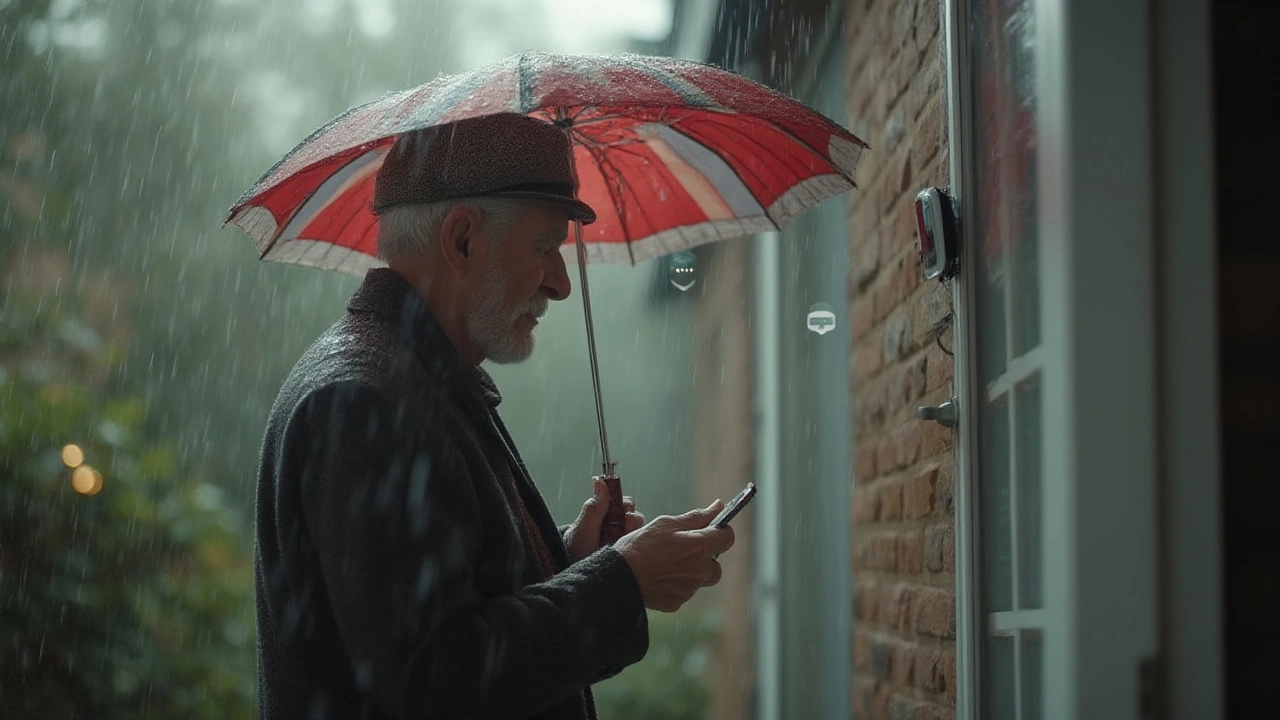
Tips: Making the Most of Ring Doorbell (With or Without Subscription)
If you still want to get maximum value out of your Ring doorbell, but you’re not sure about forking over a subscription fee every month, there are still a few ways to squeeze more from the device. First, use live view wisely. If you’re home and get a notification, jump onto the app right away. The two-way audio can scare off a package thief in the act, and the real-time experience is fully unlocked even without paying. Pair your Ring with Alexa smart speakers to hear chimes and voice alerts throughout the house—that feature doesn’t disappear with the free plan.
One less obvious tip: if you’re on the fence, try the 30-day Protect trial, but set yourself a reminder a week before it ends. During the trial, you have full access to recordings and history. If you decide to go without paying, download any crucial clips before the trial is up—they’re deleted fast once your subscription drops out. Don’t forget, accidental lapses mean lost footage, so stay on top of renewal dates if video storage is important to you.
If your main concern is package theft or break-ins and you don’t want a subscription, consider supplementing Ring with a traditional CCTV system or another smart doorbell that offers local SD card recording (brands like Eufy or Wyze have models that keep video even if you never pay for the cloud). If you’re a privacy buff, keep in mind that Ring’s entire design philosophy is for cloud-first, not local. For hackers and tinkerers, there are complex workarounds via open-source solutions, but these often void your warranty and break with Ring's updates.
Don’t forget about placement—your Ring’s motion detection and live view are only as strong as your Wi-Fi and how your door faces the street. Strong Wi-Fi gives you instant app notifications, so you can catch motion in real time even without playback. Play around with the motion sensitivity in the app, so you’re not flooded with false alerts from bikes, dogs, or blowing trash cans.
Is a Ring Subscription Worth It for You?
This always comes down to how you actually use your Ring. If you’re the kind of person who only cares about the rare visitor and wants to answer the bell in real time, maybe skip the subscription. You’ll still be able to use live view, two-way talk, and instant pings on your phone. But if you travel, do shift work, or want to check what happened hours—or days—after the fact, Ring Protect goes from a luxury to a practical tool.
If you do decide to pay for Ring Protect, you’ll get up to 180 days of recording history (check your country: the exact days and pricing vary globally). The ability to download, share, and review video events is a lifesaver if you need proof for law enforcement, insurance, or even just for peace of mind. The plan is flexible—cancel any time, add it back when needed, and all features start working instantly once paid. You also gain rich notifications (motion preview images with your push alert) and a history timeline.
One interesting detail: If you ever sell your home or move, don’t forget to unlink your Ring from your account and reset it for the new owner. The new user will get their own trial, and your old clips will not transfer. Plans are not transferable to new addresses or users either, so factor that into your costs if you’re moving.
The bottom line? Don’t assume your Ring doorbell records everything by default. Without a subscription, live view is your only window to what happens at your door—the past stays out of reach. For true video doorbell security, set aside the few bucks a month, or think about a hybrid setup (Ring for alerts, another cam for recording). Don’t wait until after something happens to find out your video history is empty. Know your device, know your options, and stay on top of what actually matters to you at your front door.

